Hi there, pet lovers! 🦎
Today, we’re diving into one of the most debated topics in reptile care: cohabitation. That’s the practice of keeping more than one lizard in the same enclosure. While it may sound appealing for various reasons, it’s a topic that needs careful consideration. Let’s break it down together and explore the pros, cons, and critical factors to think about before housing lizards together.
Overview
Cohabitation, or housing multiple reptiles together, is a controversial practice that often poses more risks than benefits. While some keepers consider it for reasons like saving space, observing behaviors, or breeding, most reptiles are solitary by nature and prefer to live alone. Key risks include aggression, stress, competition for resources, and disease transmission. In rare cases, cohabitation might work for certain species or temporary breeding arrangements, but it requires careful planning and close monitoring.
For the safety and well-being of your pets, separate enclosures are almost always the best choice. This post dives into the reasons, risks, and rare exceptions to help you make informed decisions about cohabitation.
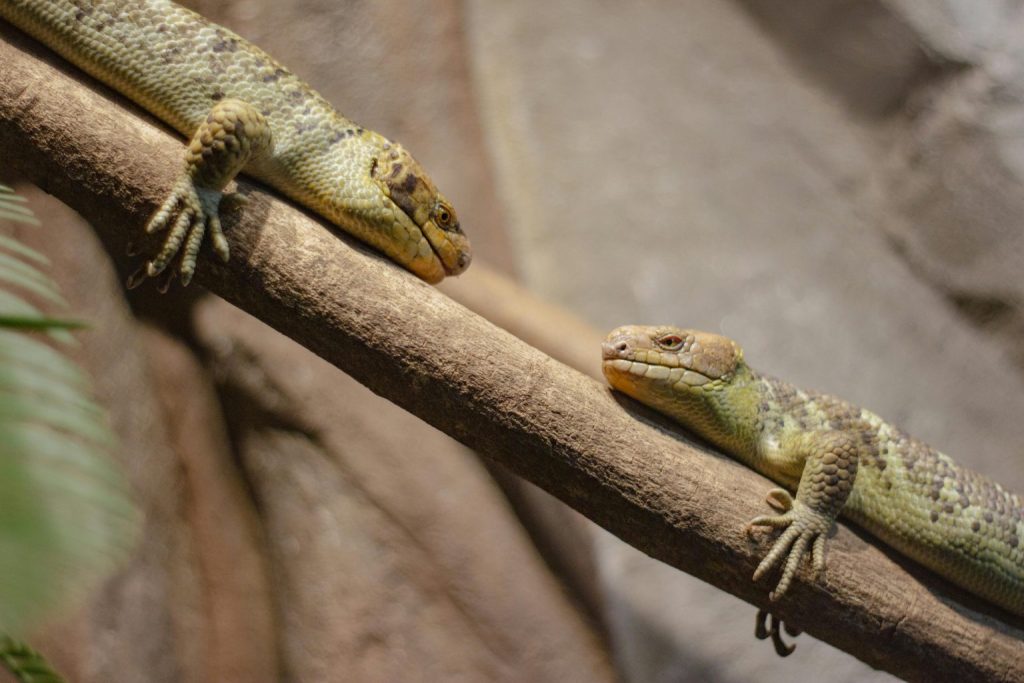
Why Do People Consider Cohabitation?
There are several reasons why reptile keepers might consider housing multiple animals together. While some of these reasons are well-intentioned, they often stem from misunderstandings about reptile behavior and needs.
- Believing Reptiles Are Lonely
Many people assume that reptiles, like humans, need social interaction and companionship. However, most reptiles are solitary by nature. They do not form social bonds and often view other reptiles as competitors or threats. - Space and Cost Efficiency
Housing multiple reptiles in one enclosure can seem like a practical way to save space and money. Instead of purchasing and maintaining multiple habitats, a single, larger enclosure might appear to be a more economical solution. - Observing Natural Behaviors
Watching reptiles interact can be fascinating. Some keepers enjoy seeing behaviors they wouldn’t normally observe in solitary animals. However, many of these interactions are stress-induced or territorial disputes rather than natural, positive behaviors. - Breeding Purposes
Cohabitation is sometimes necessary for breeding pairs, but this should only be temporary. Even in these cases, close monitoring is essential to prevent aggression or injury.
The Risks of Cohabitation
While the idea of cohabitation might seem appealing, the risks often outweigh the benefits. Here are the key dangers to consider:
- Aggression and Conflict
Reptiles are territorial by nature, and housing them together can lead to fights. These conflicts can result in serious injuries or even death. Larger or more dominant reptiles may bully or outcompete smaller or weaker ones. - Stress
Even without visible aggression, sharing an enclosure can be highly stressful for reptiles. Stress can manifest in various ways, including loss of appetite, lethargy, hiding excessively, or abnormal behaviors. Chronic stress weakens their immune systems, making them more susceptible to illness. - Competition for Resources
In a shared enclosure, reptiles must compete for essential resources like food, water, basking spots, and hiding places. This competition can leave one or more animals undernourished, dehydrated, or unable to thermoregulate properly. - Health Risks and Disease
Each reptile has its own unique microbiome, including bacteria and fungi that are harmless to them but potentially harmful to others. Cross-contamination can lead to diseases that are difficult to diagnose and treat. - Different Care Requirements
If housing different species together, meeting their individual needs becomes nearly impossible. Temperature, humidity, diet, and enclosure layout can vary significantly between species, leading to compromised care for one or both animals.
When Might Cohabitation Work?
While cohabitation is generally discouraged, there are rare situations where it might be possible under strict conditions:
- Species-Specific Considerations
Some species, like crested geckos or certain anoles, can sometimes cohabit if they are of similar size and temperament. However, even in these cases, the risk is never zero. - Same-Species Cohabitation
Housing reptiles of the same species together might work if they are of similar size and have compatible personalities. However, close monitoring is essential to ensure no aggression or stress occurs. - Temporary Breeding Arrangements
Breeding pairs may need to be housed together temporarily during the breeding season. Once breeding is complete, they should be separated to prevent conflicts.
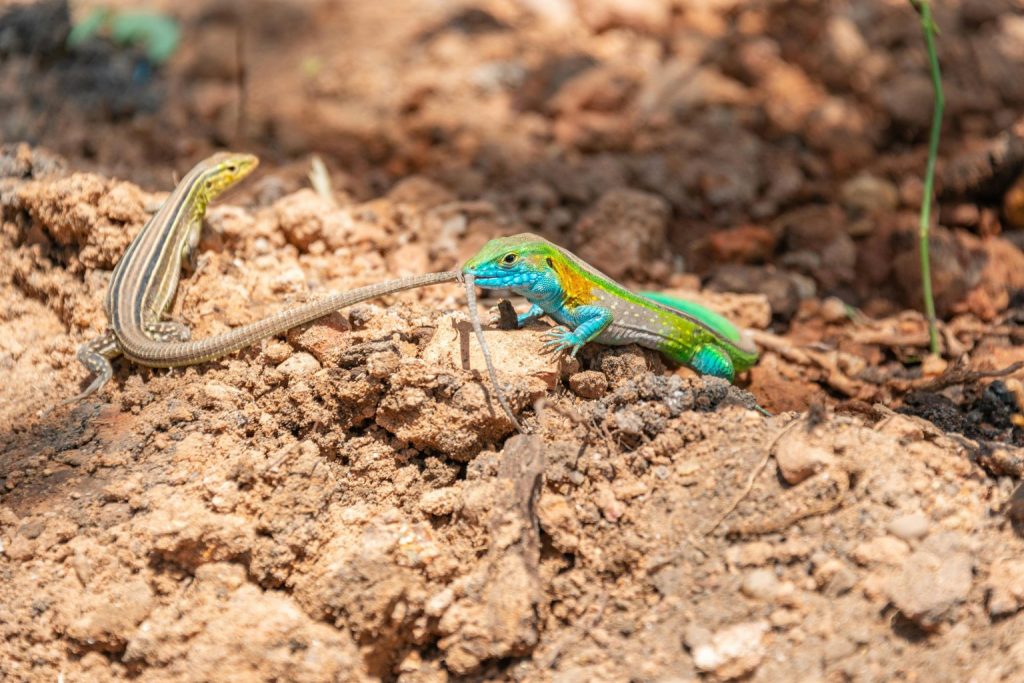
Key Questions to Ask Before Cohabitating Reptiles
Before deciding to house multiple reptiles together, ask yourself the following questions:
- Do I Know Enough?
Have you thoroughly researched the species involved? Are you aware of the potential risks and how to mitigate them? - Is It Worth the Risk?
While cohabitation might seem appealing, the risks can be severe. Are you prepared to handle potential injuries, illnesses, or stress-related issues? - Can I Provide Separate Enclosures if Needed?
If cohabitation doesn’t work out, do you have the resources to provide separate habitats for each reptile?
How to Minimize Risks if Cohabitating
If you decide to cohabitate reptiles despite the risks, here are some steps to minimize potential problems:
- Choose Compatible Species
Only house species that are known to tolerate each other, and ensure they are of similar size and temperament. - Provide a Large Enclosure
A spacious habitat with multiple basking spots, hiding places, and feeding areas can reduce competition and stress. - Monitor Behavior Closely
Watch for signs of aggression, stress, or illness. Be prepared to separate the animals immediately if issues arise. - Maintain Optimal Conditions
Ensure the enclosure meets the temperature, humidity, and dietary needs of all reptiles involved. - Quarantine New Animals
Before introducing a new reptile to an existing one, quarantine it for at least 30 days to prevent the spread of disease.
Our Recommendation
In most cases, we do not recommend cohabitating reptiles. The risks of aggression, stress, competition, and disease are simply too high. Reptiles thrive in environments tailored to their individual needs, and providing separate enclosures is the best way to ensure their health and happiness.
While there are rare exceptions, such as temporary breeding arrangements or species-specific considerations, these situations require extensive research, preparation, and close monitoring. Always prioritize the well-being of your pets over convenience or curiosity.
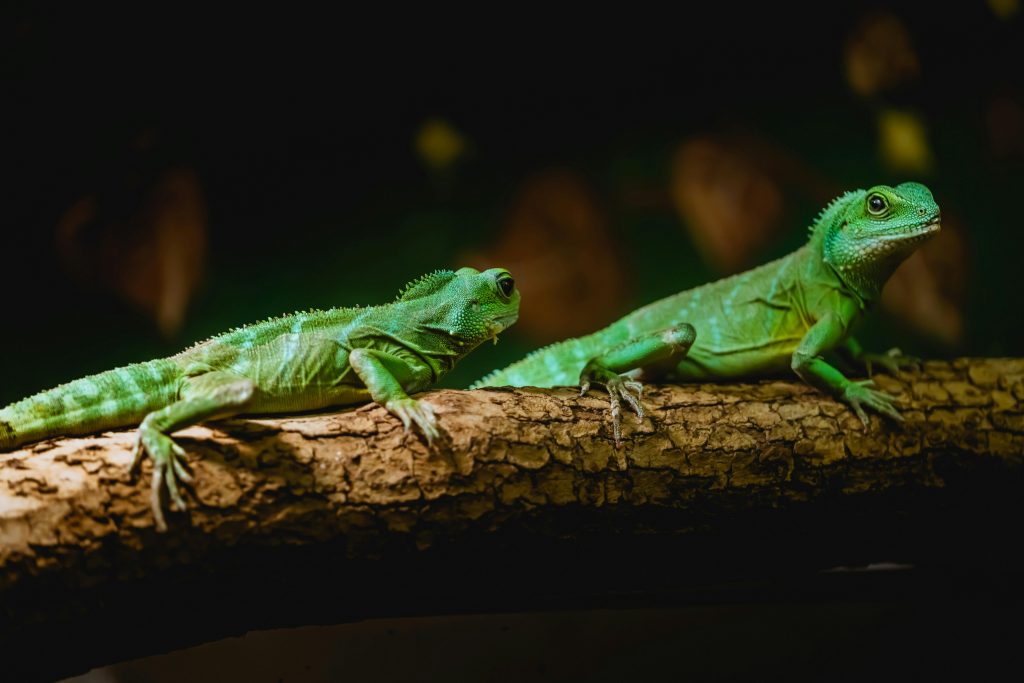
Final Thoughts
Cohabitation is a complex and often risky practice that should not be taken lightly. By understanding the potential dangers and taking steps to minimize risks, you can make informed decisions that prioritize the health and safety of your reptiles.
If you have experience with cohabitation or additional questions, feel free to share your thoughts in the comments below. Your insights can help other reptile keepers make the best choices for their scaly friends!
For more reptile care tips and reviews, stay tuned to our blog and don’t forget to subscribe to our newsletter! 🦎

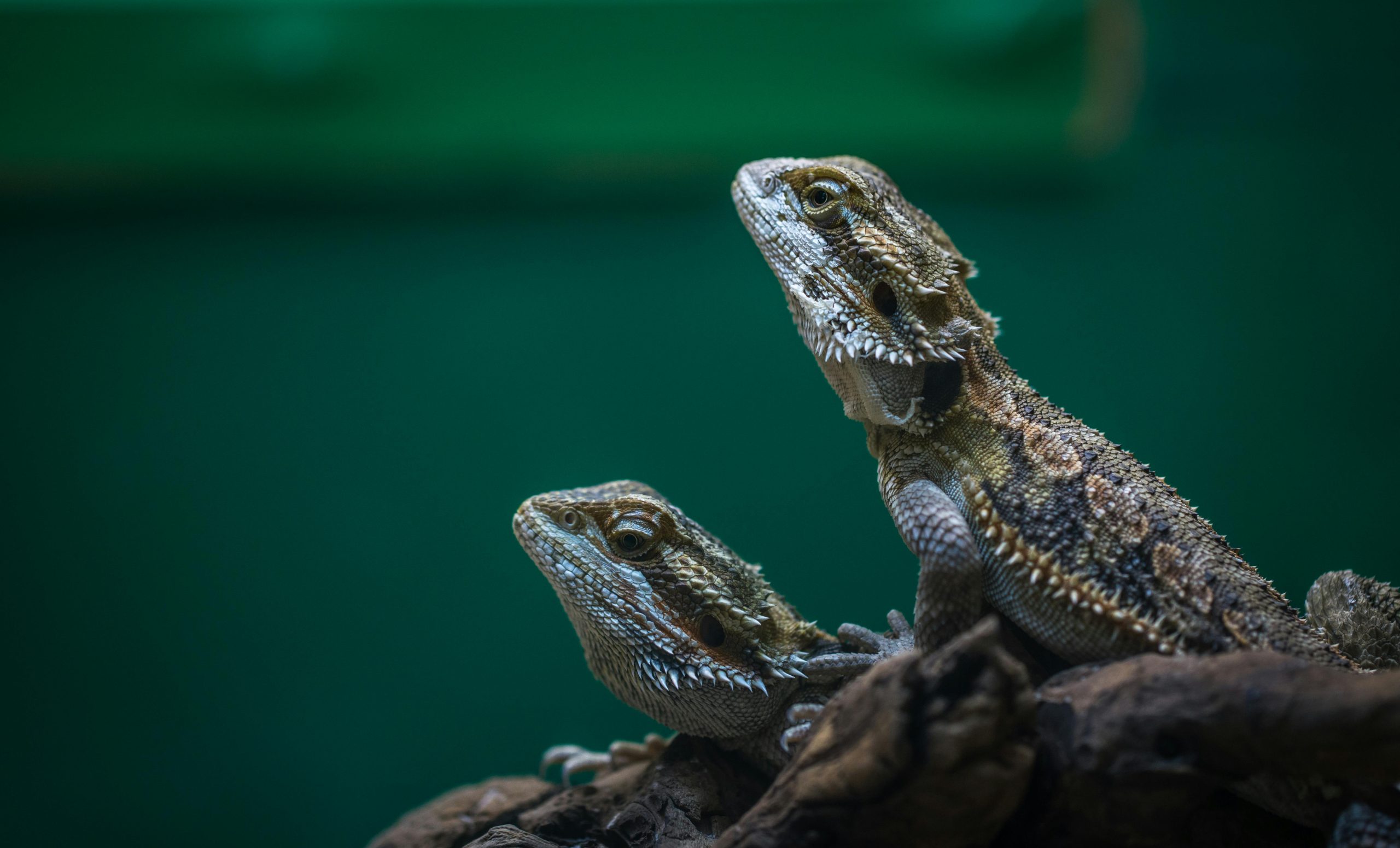

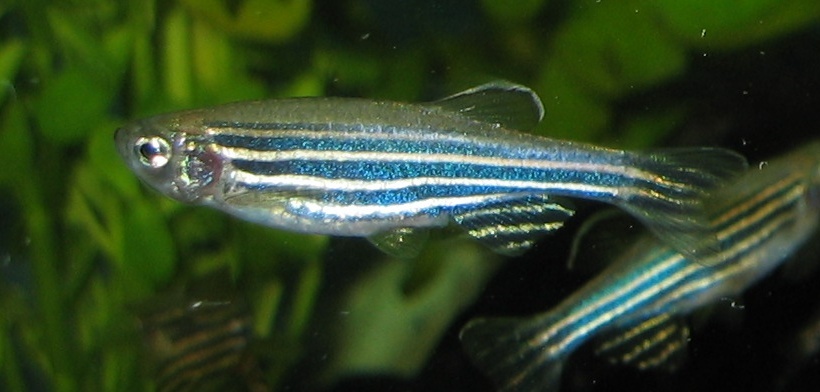
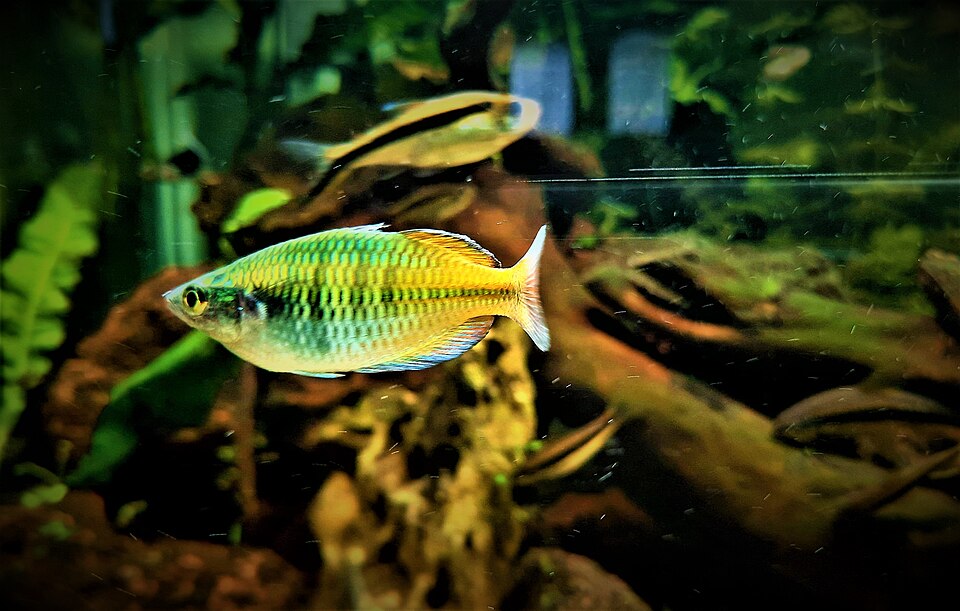
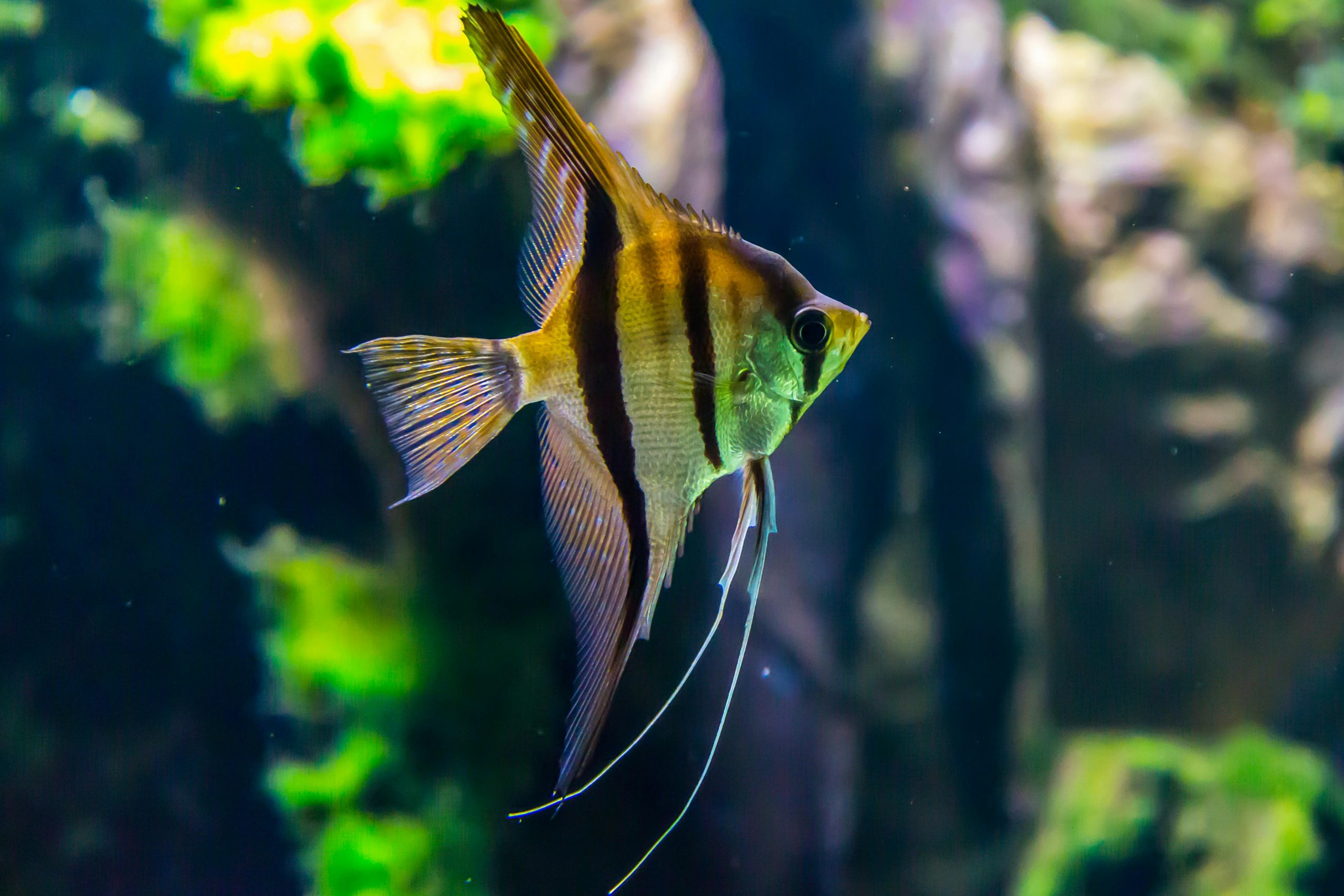
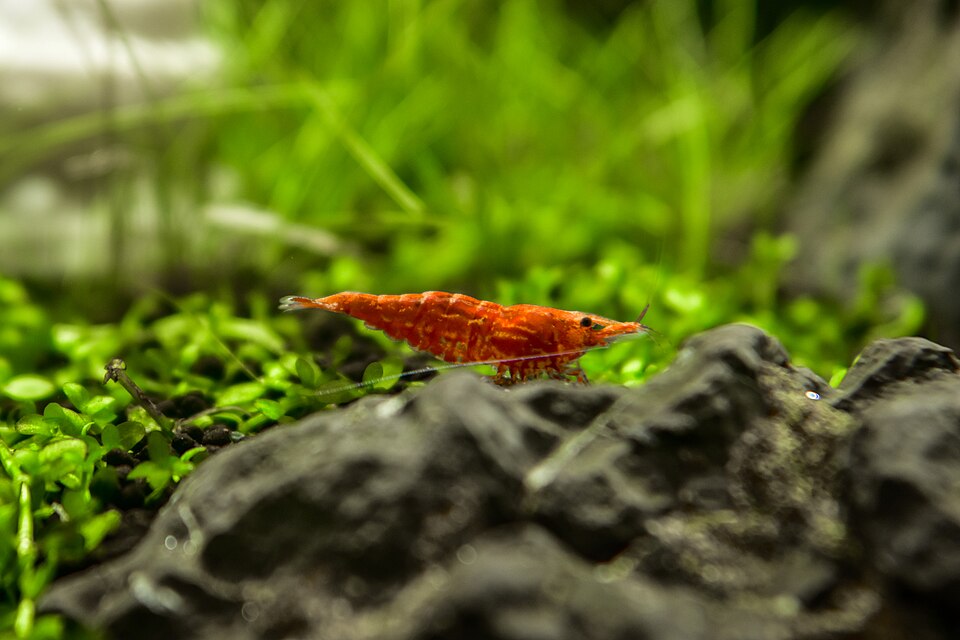

Leave a Reply